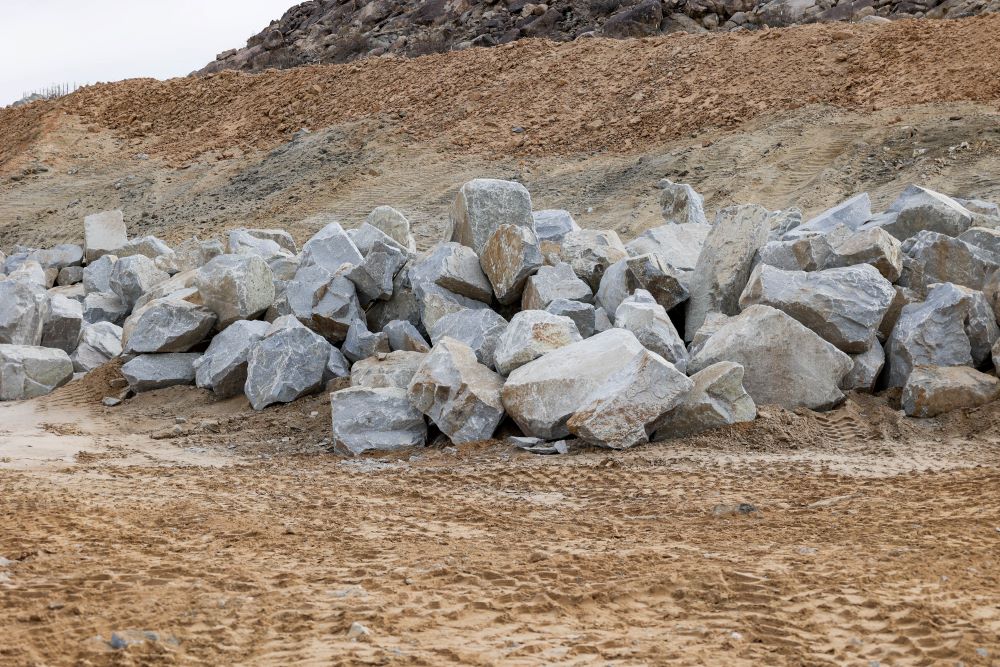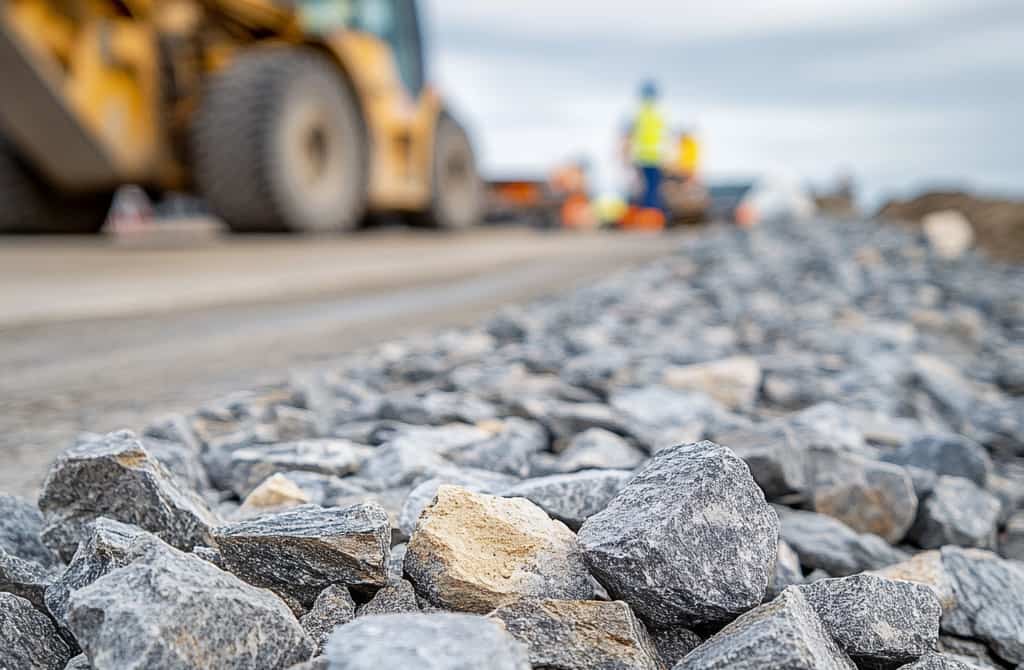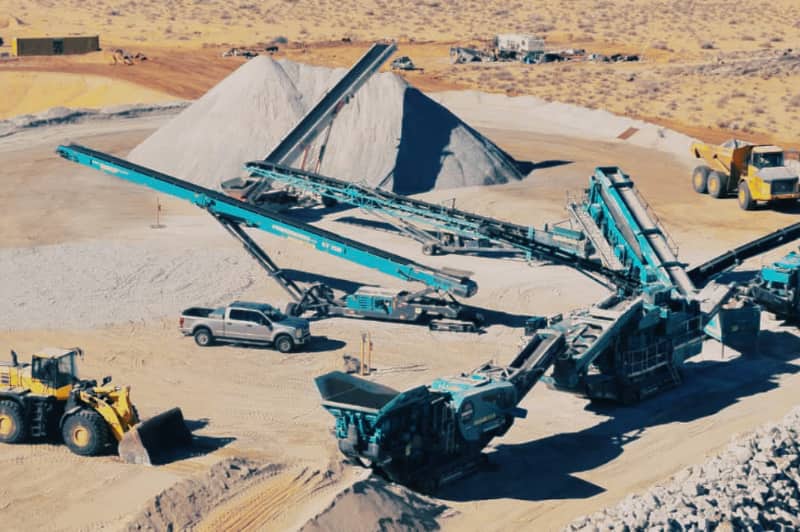
Drain Rock … Control the Flow
Rock is popular among landscape architects for very good reasons. It comes in a massive variety of shapes, types of stone, and styles with many different applications. One particularly popular type of rock is known as drain rock, which consists of a porous gravel material specifically designed to help control the flow of water in a drainage system.
The Many Different Uses of Drain Rock
Drain rock isn’t just a simple piece of granite rock that comes from a rock quarry. It can be both functional and aesthetic. Because it comes in many different colors and sizes, the possibilities are virtually endless.
Driveways.
Drain rock is often used to support and line paved driveways. When one uses it below and around a concrete or asphalt driveway, it absorbs the water that flows from these surfaces more quickly than topsoil. This can help to prevent flooding.
French Drains.
This type of drain consists of a trench with a perforated pipe. Drain rock is very often used to fill the trench. This facilitates the flow of water towards the pipe. French drains are used to protect building foundations against water damage.
Leach Fields.
Drain rock is vital for the proper functioning of drain fields, (or leach fields) that form part of a building’s septic system because it allows for wastewater to gradually become diffused into the ground. The size of the rock used for this purpose typically varies between 0.75-inch and 2.5-inch in diameter.
Landscape Gardening.
Rock is a great alternative to mulch in your garden. It helps stop moisture from escaping and assists with water absorption. Plus, unlike mulch, the wind won’t blow away your granite rock! The latter is also great to help prevent erosion in regions that get a lot of rain.
As a Topcoat for Walkways and Parking Lots.
To help keep these areas free of muck and mulch, an angular drain rock with a smaller size, e.g. 0.375-inch is typically used. The chipped nature of these rocks helps them to remain solidly in place – perfect for areas that get a lot of traffic.
More Good News
We sell many different types, colors, and sizes of drain rock to suit whatever your needs may be.




